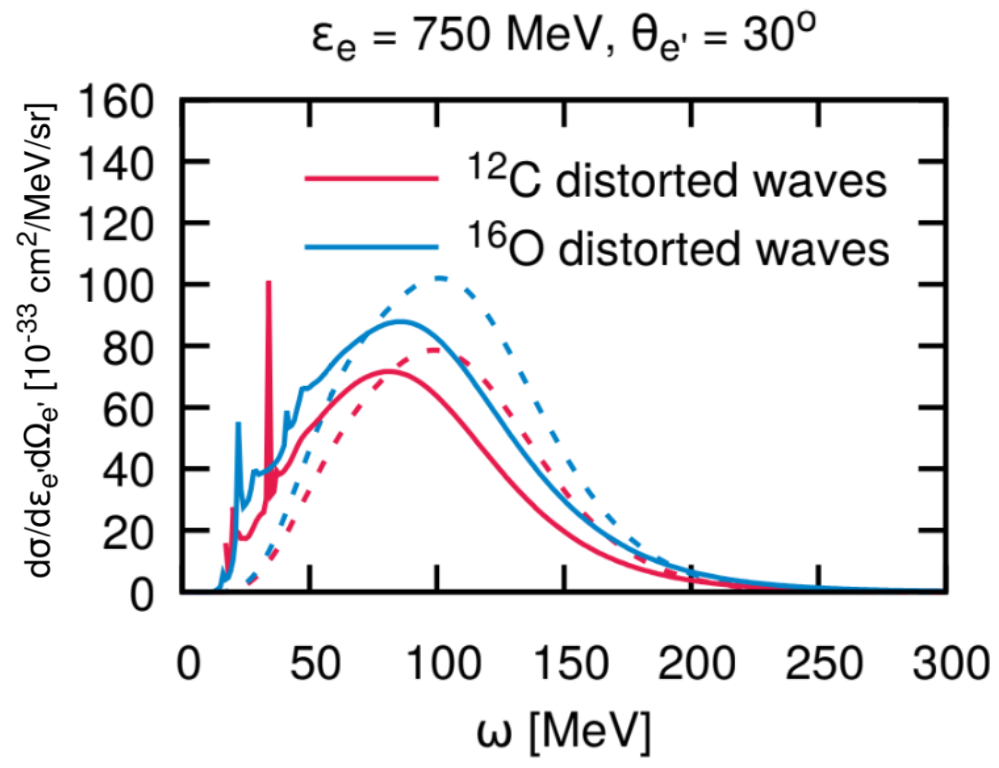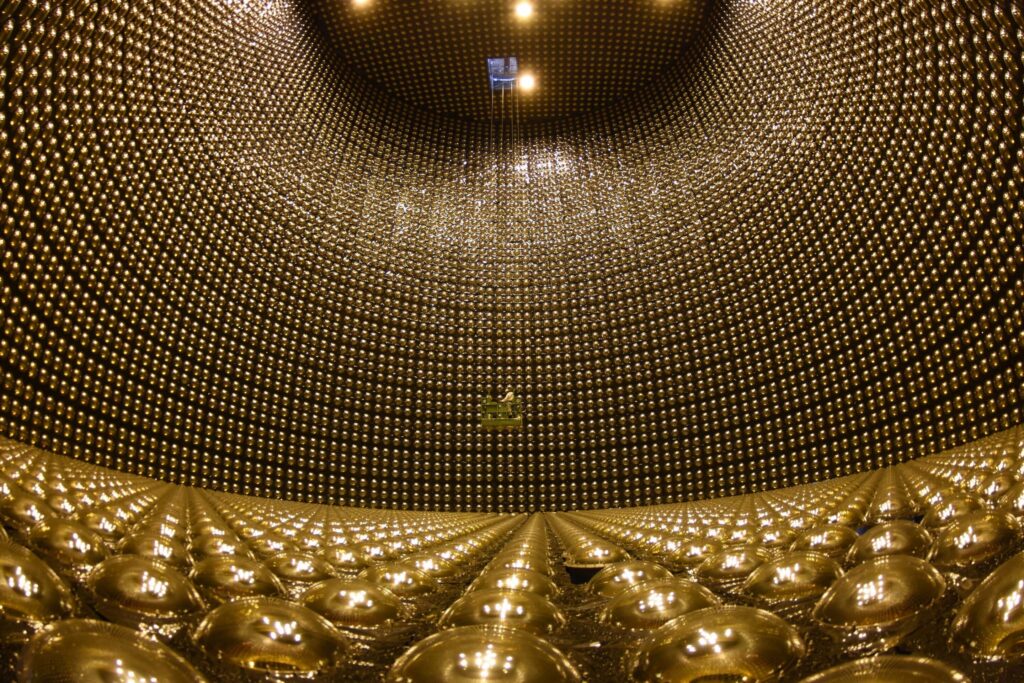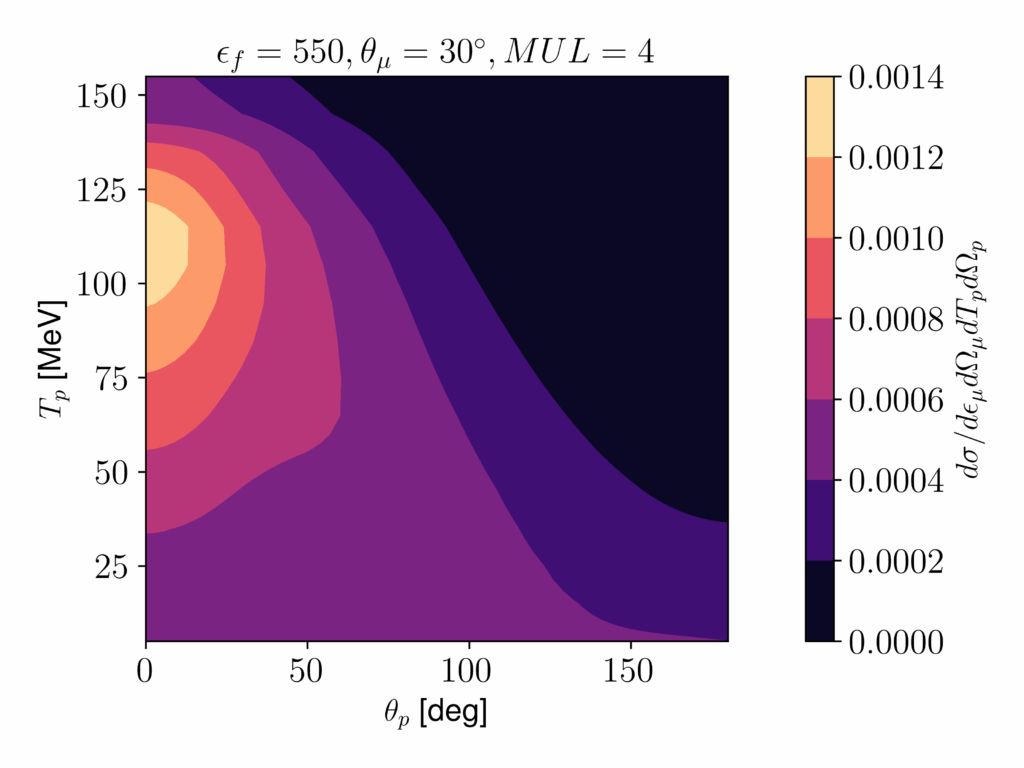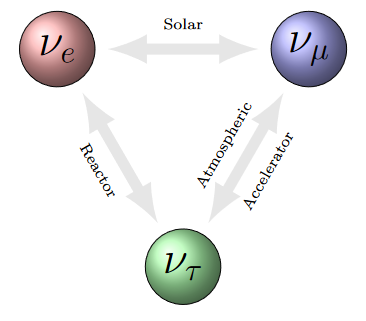The experimental confirmation of neutrino oscillations -that was rewarded with a Nobel prize in 2015- sparked off an enormous experimental and theoretical interest in the oscillation properties of these elusive particles. Worldwide, several collaborations are working on extending our knowledge about neutrino masses, mixing angles and CP violation in the lepton sector.
Oscillation experiments are essentially about counting : the difference in number of neutrinos of a certain flavor between a detector near the neutrino source and a far detector, several hundred kilometers away, allows one to collect information about the neutrinos’ oscillation characteristics.


All over the world, current experiments such as SBND, NOvA, and T2K are using state-of-the-art neutrino production and detection technologies to capture as many interactions as possible.
Looking ahead, future experiments like DUNE, Hyper-Kamiokande, and ESSnuSB+ are already in development, aiming to push the boundaries of precision and statistics even further, bringing us closer to solving the remaining open questions.

One of the main neutrino-detection mechanisms that is used in these experiments is the scattering of neutrinos off atomic nuclei. Experimentally, these neutrino interactions suffer from a number of complications in comparison with the related electromagnetic scattering reactions :
- neutrino cross sections are very small, making it challenging to collect sufficient data
- the neutrinos contributing to the signal in the detector have widely varying energies and in a specific event the precise incoming energy is unknown
- in neutral-current reactions the outgoing lepton is again a neutrino that cannot be detected, complicating the reconstruction of the energy balance at the weak-interaction vertex.
- These limitations moreover result in the fact that the incoming flux tends to be only poorly known, hampering the normalization of reaction rates.

The analysis of neutrino-oscillation experiments hence strongly depends on a good understanding of the underlying reaction mechanisms such as quasi-elastic scattering, two-nucleon knockout reactions and meson production via resonance decays.
Modeling neutrino-nucleus interactions is of crucial importance for the progress in our understanding of neutrinos and their oscillations.
Our research group specializes in the development of theoretical models for neutrino-nucleus scattering, which aim at providing a framework in which the newest generation of experiments can be interpreted. In recent years, several aspects of neutrino-nucleus interaction cross sections have been the subject of vivid research.
We are collaborating closely with experimental groups and generator developers to make sure our efforts find their way to the experimental analyses and contribute to the progress in our understanding of neutrino physics.

Interested in joining our community?
Have a look at our possible thesis topics on Plato.


